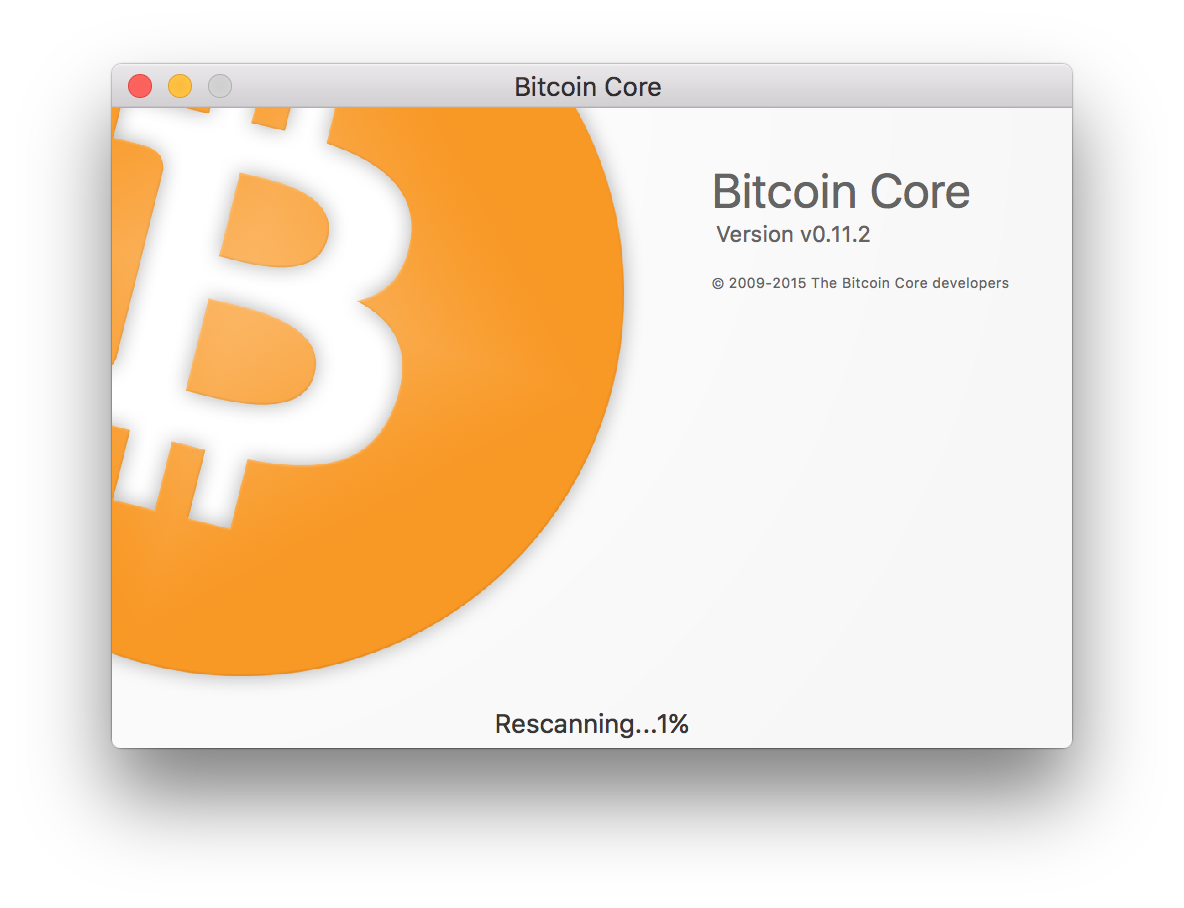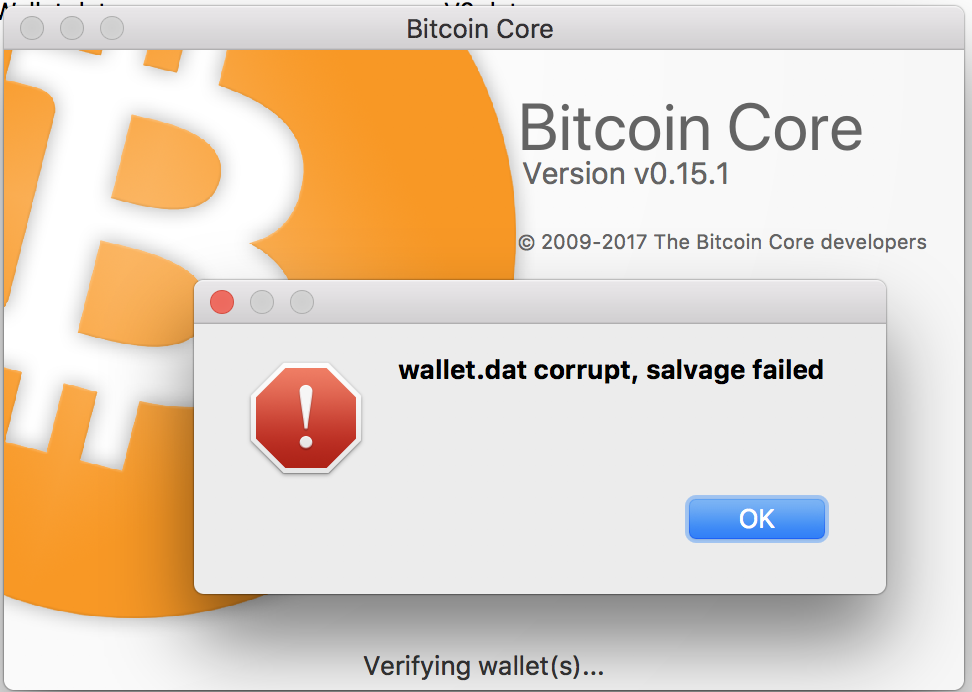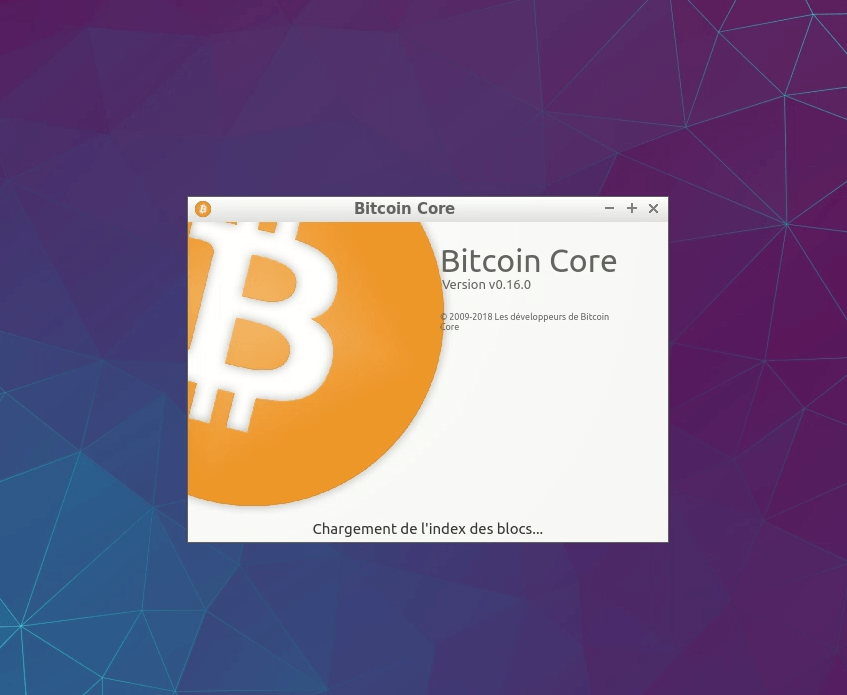


The freezing process is still a manual one, but the user only needs to do that once and can then rest assured that the coin they froze won’t be automatically spent by Bitcoin Core until the user unfreezes that coin.Ĭarefully selecting which UTXOs to use in funding a transaction is important to prevent undesirably linking addresses that have conflicting purposes. Now, Bitcoin Core allows the user to indefinitely “freeze” a UTXO. But this coin control feature required manual selection of what UTXOs to use every time – a cumbersome and tiring process that is highly prone to error.

If the user typed an address with several mistaken letters, even if the tool could spot all of them it could end up suggesting a totally different address than what the user intended to send to in the first place – a much worse outcome.Ī Bitcoin Core user has had the option to choose what coins, or unspent transaction outputs (UTXOs), to use in a transaction for years now. The limit of errors the tool commits to finding is important because attempting to find a large number of typos could lead to undesired behavior. If more than two errors are made by the user when typing out the address, then the typo-finding tool cannot guarantee success. The tool is currently only available on the command line, through the “validateaddress” RPC, though there are plans to integrate it into the graphical user interface (GUI) in the future. However, it wasn’t until Bitcoin Core 23.0 that the user could benefit from that.īitcoin Core will now alert the user about up to two errors in a Bech32 address. Typos On Bech32 Addresses Can Now Be Spottedīech32 addresses, the format in which the address begins with “bc1,” have an interesting property that enables the spotting of possible typos. The user is thereby relieved from having to care about the derivation path their wallet used – a big improvement in user experience (UX). However, descriptor wallets make it much easier for the user to recover any funds by explicitly stating the derivation path in the descriptor.

(The usage of different derivation paths by wallets is the reason why it is common to see a user attempting to recover funds in a second wallet finding a balance of zero.) Recovering funds in a Bitcoin wallet therefore commonly depends on that derivation path, as most applications today default to HD wallets. The wallet then uses that master private key to generate a master public key, which can be leveraged to generate a nearly infinite number of receiving addresses through derivation paths, that as the name says, guide the wallet to what path it should follow to correctly derive an address. Since the advent of hierarchical deterministic (HD) wallets, a Bitcoin wallet will typically use the recovery seeds (usually 12 or 24 words) to generate a master private key. Descriptor Wallets Are Now The Defaultīitcoin Core wallets now default to using descriptors when created, a significant change that promises a better backup and recovery process for bitcoin funds. As more users opt into the new upgrade’s features, its benefits are able to best permeate through the userbase. By adding native support for Taproot addresses, Bitcoin Core takes a step in the direction of encouraging a wider adoption of Taproot.


 0 kommentar(er)
0 kommentar(er)
